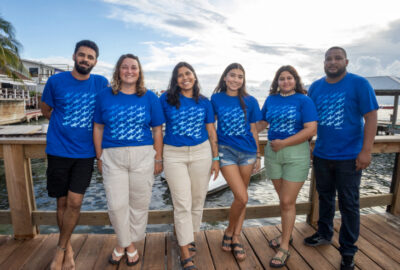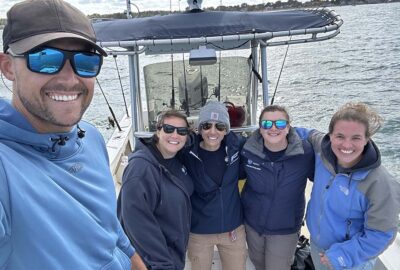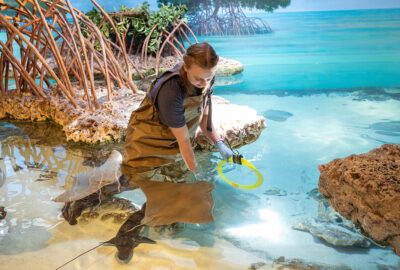Connecting post-release mortality to the physiological stress response of large coastal sharks in a commercial longline fishery
By Nicholas M. Whitney, Karissa O. Lear, John J. Morris, Robert E. Hueter, John K. Carlson, Heather M. Marshall
Originally published in PLOS ONE in September 2021

Abstract
Bycatch mortality is a major factor contributing to shark population declines. Post-release mortality (PRM) is particularly difficult to quantify, limiting the accuracy of stock assessments. We paired blood-stress physiology with animal-borne accelerometers to quantify PRM rates of sharks caught in a commercial bottom longline fishery. Blood was sampled from the same individuals that were tagged, providing direct correlation between stress physiology and animal fate for sandbar (Carcharhinus plumbeus, N = 130), blacktip (C. limbatus, N = 105), tiger (Galeocerdo cuvier, N = 52), spinner (C. brevipinna, N = 14), and bull sharks (C. leucas, N = 14). PRM rates ranged from 2% and 3% PRM in tiger and sandbar sharks to 42% and 71% PRM in blacktip and spinner sharks, respectively. Decision trees based on blood values predicted mortality with >67% accuracy in blacktip and spinner sharks, and >99% accuracy in sandbar sharks. Ninety percent of PRM occurred within 5 h after release and 59% within 2 h. Blood physiology indicated that PRM was primarily associated with acidosis and increases in plasma potassium levels. Total fishing mortality reached 62% for blacktip and 89% for spinner sharks, which may be under-estimates given that some soak times were shortened to focus on PRM. Our findings suggest that no-take regulations may be beneficial for sandbar, tiger, and bull sharks, but less effective for more susceptible species such as blacktip and spinner sharks.
Full Text





